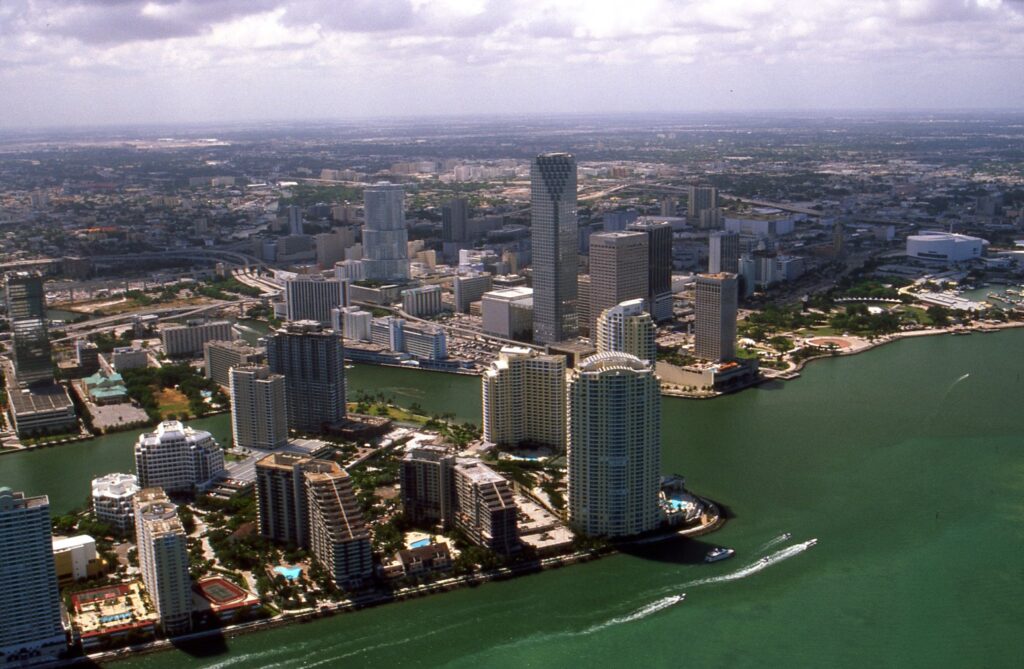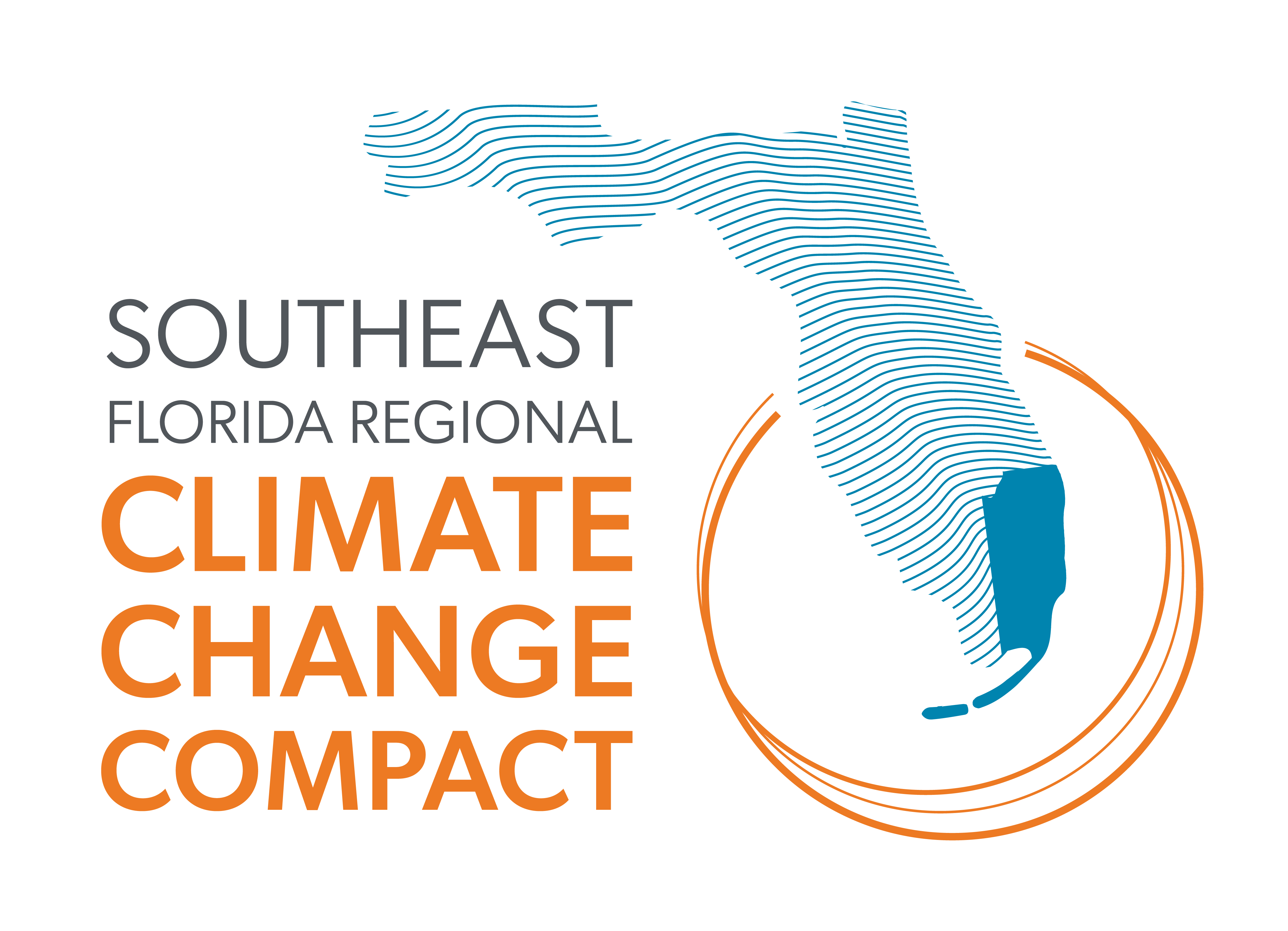
News
Financing resilience: City of Miami invests $400 million to build a stronger future
May 17, 2018

Finding the money to build resilience—whether in a city contending with aging infrastructure or a coastal area planning for the impacts of climate change—can pose a major challenge to communities. The City of Miami, like many of its neighbors throughout Southeast Florida, is working to develop and expand infrastructure projects in line with climate adaptation and mitigation goals, and to find sustainable ways to fund these efforts.
In the November 2017 election, City of Miami voters endorsed the Miami Forever bond, a $400 million general obligation bond. Nearly half of the bond proceeds will be directed toward reducing flooding risks and sea level rise mitigation, with another quarter invested in improving affordable housing. The remaining will be split among enhancing public safety and improving parks, cultural facilities, streets, and infrastructure. The flood mitigation projects will be prioritized through the Stormwater Master Plan process.
The City of Miami also established a diverse citizens oversight committee for the bond, to ensure transparent, accountable, and proactive internal project management, progress reporting, and community engagement and communications. This committee addresses the Compact Regional Climate Action Plan recommendation of promoting public awareness, encouraging the general public to engage in civil discourse around resilience issues through the development of advisory boards, and establishing equitable investment strategies.
While a general obligation bond is not a new form of capital improvement financing, the city capitalized on an opportune moment to make this investment. The city was able to propose the bond without raising the millage rate, thanks to low interest rates combined with the city’s strongest bond rating in recent history and the fact that the city was able to free up debt capacity from the previous Homeland Security bond.
Though funding may be difficult to secure, early investment to increase community resilience and curb emissions has been shown to pay long-term dividends. Studies have demonstrated that every dollar invested in disaster resilience generates a societal savings of six dollars. Moreover, there are opportunities to achieve multiple objectives by applying climate-smart principles to critical infrastructure upgrades. Moody’s Investors Service reports a $1 trillion gap for U.S. water and wastewater infrastructure in the next 25 years, creating a prime opportunity for public-private partnerships and new financing solutions. The Miami Forever bond highlights the continued importance of traditional project financing through the municipal bond market to get the ball rolling. Recognizing that the real cost to address aging infrastructure and increasing flood risks will be much greater than what can be supported by the Miami Forever bond, the city is planning to pursue federal and state matching support and other innovative financing solutions to leverage the necessary funds.
In an effort to support a broad suite of financing options for climate mitigation and adaptation projects across the region, the Compact hosted an implementation workshop focused on reducing climate risks and creating economic opportunity. The Compact’s partnership with the region’s economic development community also encourages collaboration on innovative, low-cost financing mechanisms, such as green bonds and catastrophe bonds, to fund investments that safeguard our region from climate impacts.
